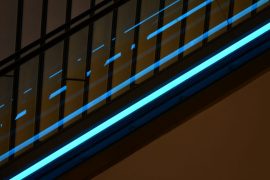
That’s exactly what Mark Hagen did with his new take on a exercise device often seen crumpling upon the less dexterous. Mark used Rhino and SolidWorks to create this concept. That’s cool – you want to know why? Read on.
The Idea
I used Rhino to sculpt the parts of the design and then imported them into SolidWorks to add details like fillets and assemble the design. – Mark via Email
I could go into how interesting this design is, but just take a look at the steps in the process. After that, there’s a paragraph. A paragraph that some might disagree with, but of course contains nothing but absolutly glorious, observable fact. Here’s the images…






Product Designed in…
Every time I feature a sweet product design in SolidWorks, I add whatever I can find about the process that went into creating it. Surprising enough, it’s hard to get this info and when I do it’s rarely ever just SolidWorks that is used.
But ya know what, that is ok SolidWorks corporate peeps, it’s part of the process and when you have people using SketchUp, Rhino, Icem, Bunkspeed… it doesn’t mean you have capabilities missing from your product (well, maybe some) but it means SolidWorks is complimenting an entire workflow and it’s usually one of the final stages in the workflow that bring the product into the realm of manufacturability. That isn’t so bad now.
Designer, Engineer, What’s your process? Sketches, tape, surface modelers, 2D CAD? Or is your design process a single program?



